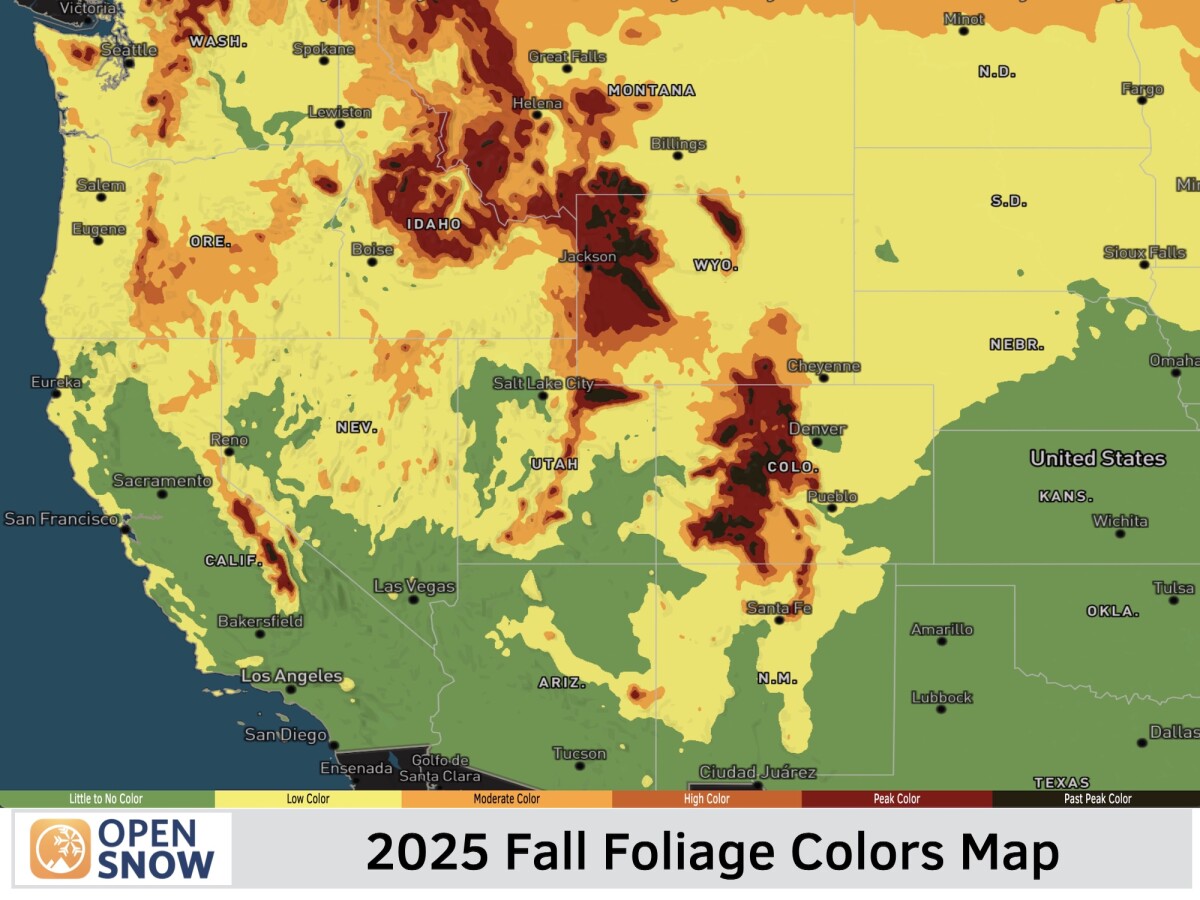New Mexico Daily Snow

By Julien Ross, Forecaster Posted 4 years ago April 11, 2021
Pajarito storm patterns / snow possible April 13-14, 17-19
Summary
The northern mountains should see some light accumulation April 13-14 and then a colder system could impact the region April 17-19. The greatest precipitation amounts are still trending to our north which would leave the Land of Enchantment with only modest snowfall at high elevations. In this post, I also break down some of the best winter storm setups for Pajarito as requested by a reader.
Short Term Forecast

To read the rest of this Daily Snow, unlimited others, and enjoy 15+ other features, upgrade to an OpenSnow subscription.
Create Free Account No credit card required
Already have an account?
Log In
Upgrade to an OpenSnow subscription and receive exclusive benefits:
- View 10-Day Forecasts
- Read Local Analysis
- View 3D Maps
- Get Forecast Anywhere
- Receive Snow Alerts
- My Location Forecast
- Add iOS Widgets
- Climate Change Commitment
- Upgrade to an OpenSnow Subscription
About Our Forecaster




